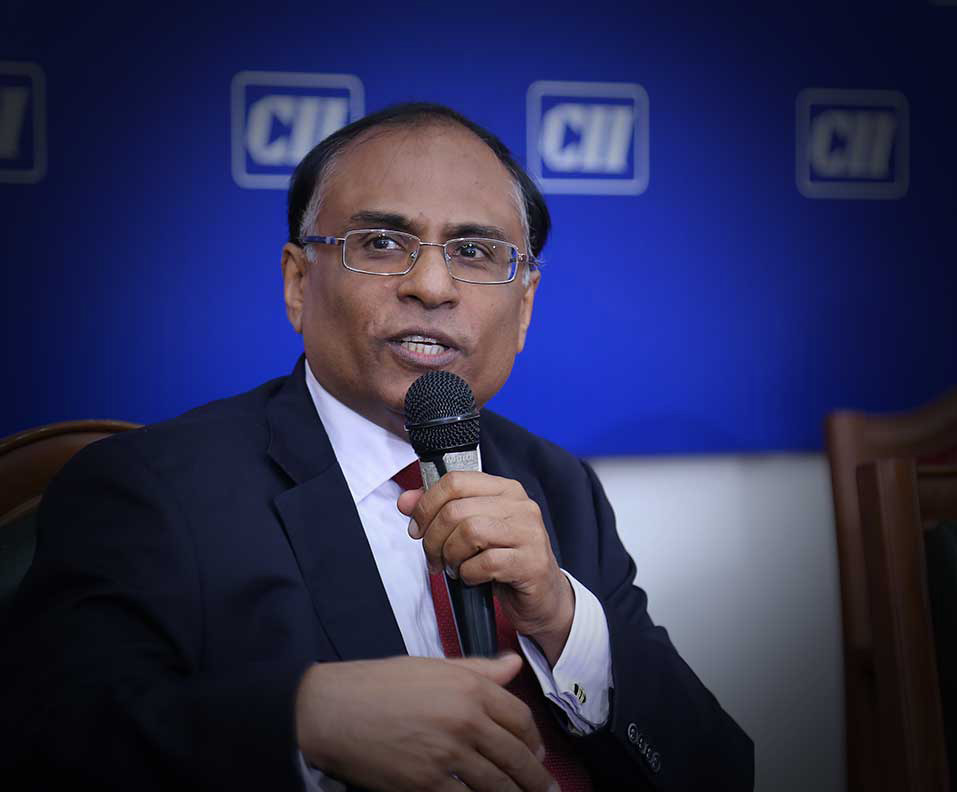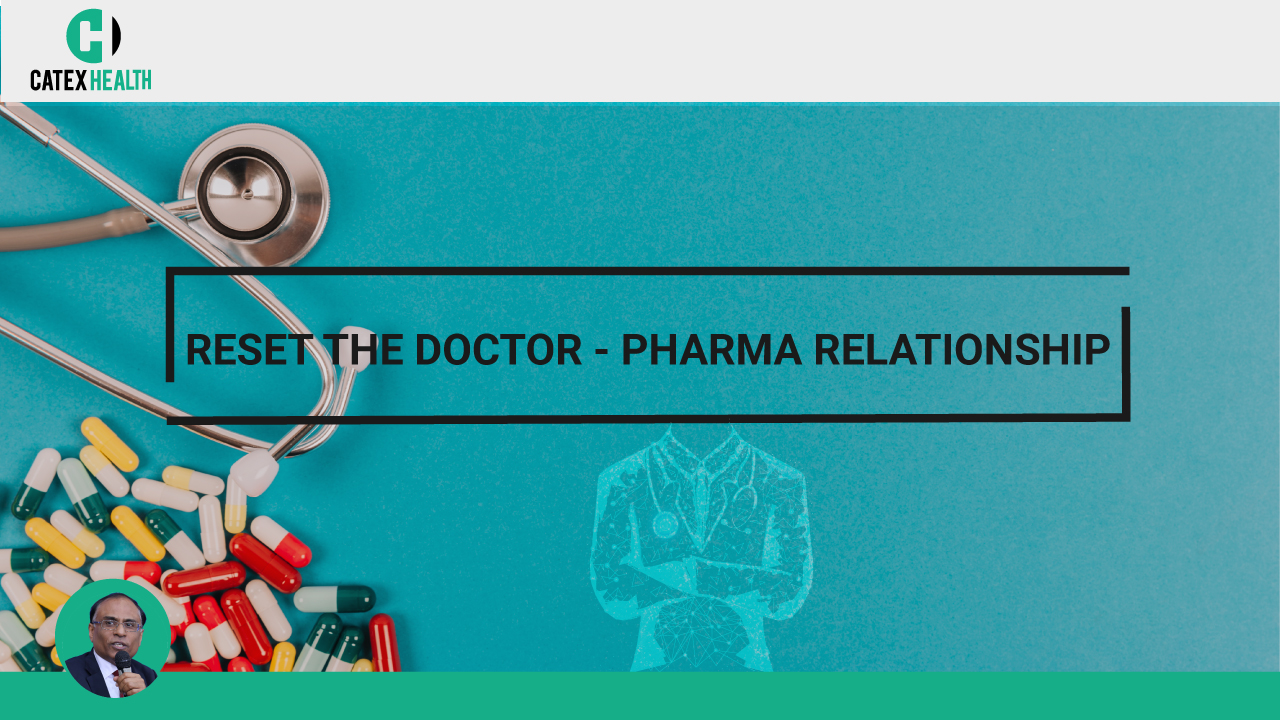Chronic diseases account for 53% of mortality today. If that isn’t disheartening enough, this figure is projected to increase to 67% by 2030. The need of the day is to look beyond traditional ways of delivering healthcare and develop service offerings that would expand the domain of care delivery.
As far as healthcare in India is concerned, there are two major factors that currently prevent effective and easy management of chronic diseases.
1. Access:
Presently, chronic disease management facilities, such as specialty hospitals or large medical centres equipped to provide all types of medical service under one roof are concentrated in major cities. In a country where over 70% of the population lives in rural areas or small towns, this means that access to such facilities is difficult for large segments of the population.
2. Management at Home:
The second gap is the lack of support for these patients to manage their health from home which inevitably results in high travel costs, delay in treatment and increased discomfort to the patient and the family.
The most efficient solution to combat these issues would be to adopt and increase the use of Digital Connected Care Technologies. These are products and services that employ technology to be used in enhancement the traditional healthcare delivery system.
An ideal connected care solution would support medical professionals (doctors, psychologists, counselors, dietitians, physiotherapists, etc.), hospitals, diagnostic centres and pharmacies to ensure that patients receive the right service and treatment at the right price.
The following are some services that Digital Health technologies could provide:
- Assist in identifying, locating and accessing the right specialist doctors, based on the patients’ problems
- Provide primary consultations without having to travel long distances
- Assist in getting second opinions from doctors with ease.
- Make it easy for patients to have follow-up consultations
- Monitor health parameters, such as vitals, blood reports, compliance with diet and medication at home, including 24×7 real-time care (if required) by trained personnel.
- Store medical records such that they are safe, secure and easily accessible anytime and from anywhere
Not only would such services significantly improve the quality and penetration of healthcare in India, it would also work at the most basic level to provide benefits to patients that are listed under.
Benefits to Patients
- Improve quality of their life
- Save money by reducing the cost of travel and accommodation in big cities
- Save time
- Have easy access to top specialists
- Have better control over disease parameters through early detection, management and reduction of complications
In the last few years, many IT players have introduced applications, software and hardware, such as activity trackers, etc. by which they have attempted to provide solutions to these problems. The issue is that most of them are providing services in bits and pieces, and a comprehensive offering which would provide all these services under one roof is still awaited. It is also worth noting that none of these solutions have proved to be game changers, as they attempt to create a system of delivering healthcare by reducing the role of healthcare providers. Understandably, patients are not ready to accept this system, as the role of human element in delivery of healthcare is critically important.
- Build “Services” that use “Technology” as a tool
- Ensure ease of use by both patients and care providers-Nurses and Doctors
- Get buy in from Doctors by engaging with them and clearly defining “What is in it for them?”
- They must be comprehensive- as bits and pieces do not attract doctors
- They should use sound acceptable clinical basis and protocols as a foundation
Subscribe To Remain Updated On My Articles & Blogs By Clicking Here






Chronic diseases account for 53% of mortality today. If that isn’t disheartening enough, this figure is projected to increase to 67% by 2030. The need of the day is to look beyond traditional ways of delivering healthcare and develop service offerings that would expand the domain of care delivery.
Chronic diseases account for 53% of mortality today.